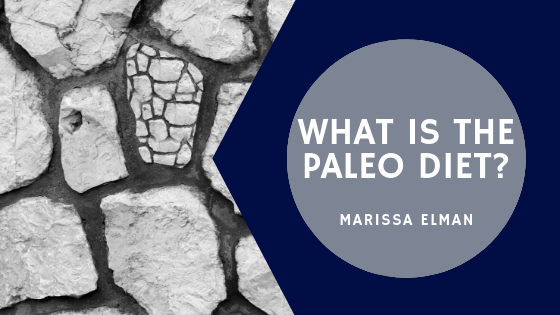A Paleolithic diet, or Paleo diet, normally refers to the regimen that humans are presumed to have subsisted on during the Paleolithic or “Old Stone Age” period. This era began around 2.5 million years ago when it is believed that people first began using stone tools, and the diet accounted for a number of physiological changes that occurred in humans as they dealt with periodic shifts in climate and began to control fire. It is also known as the “Stone-Age diet,” “caveman diet,” and “hunter-gatherer diet.”
The main ingredients of the Paleo diet consist of wild game and fish, eggs, and the roots, fruits, nuts, and vegetables of wild plants. Usually absent are foods such as beans, grains, dairy, processed sugars, oils, and salt, as most of these items were unavailable prior to the emergence of agriculture and livestock domestication around 10,000 years ago. The diet is typically low in sodium and carbohydrates and high in protein.
However, it’s uncertain precisely what Stone Age humans subsisted on as well as portion size and preparation styles given the genetic, geographical, and opportunistic differences affecting various populations. For example, grains from wild grasses as well as legumes and insects may have been available and possibly consumed by some but not others, while the availability of meat and fish might have varied considerably due to environmental factors like climate and nearby sources of freshwater.
Modern interest in the Paleo diet was sparked in 1975 by Walter Voegtlin, a gastroenterologist who proposed a similar regimen in his book “The Stone Age Diet.” In 1985, Dr. Boyd Eaton and anthropologist Melvin Konner published “Paleolithic Nutrition,” which later inspired Loren Cordain, an expert in exercise physiology, to publish “The Paleo Diet” in 2002. The Paleo diet has since increased in popularity, often as a weight-loss regimen.
Cordain and other proponents of the diet state that, metabolically and genetically, human physiology has changed little since the end of the Stone Age, and that the rapid advent over the past century of processed and artificial ingredients, trans fats, and excess sodium has led to an increase in disorders such as obesity, type 2 diabetes, hypertension, cardiovascular disease, and irritable bowel disease. It is proposed that the Paleo diet is better suited to human physiology and therefore promotes a leaner, more energetic and healthier lifestyle overall.
Naturally, there is no one diet that will suit every individual’s needs. Still, the principles of the Paleo diet could be beneficial for everyone if applied with consideration to specific dietary restrictions or allergies.


